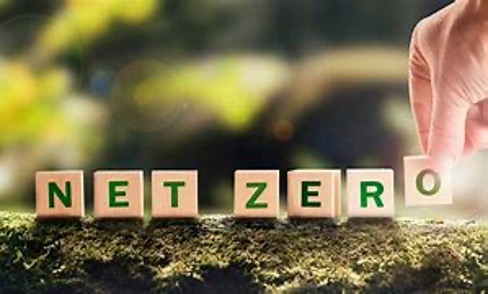A recent report from BBC StoryWorks identified that many Australians find terms related to sustainability and renewable energy confusing. From a survey of 2000 people in October 2023, 46% of respondents agreed or strongly agreed with the statement: ‘I find the renewable energy debate in Australia difficult to follow’. This also translated to what businesses claim about their sustainability initiatives with 55% of respondents agreeing or strongly agreeing with the statement: ‘I find claims businesses make about sustainability confusing’ – this is likely to do with the way some businesses use ‘greenwashing’ in their marketing. It might also be related to the use of conflicting information and different terminology regarding sustainability.
However, 55% of respondents claimed to have a good understanding of the term: ‘environmental sustainability’, with 70% also stating that they understood the terms: ‘renewable energy’ and ‘climate change’. Fewer people understood the terms: ‘emissions reduction’ (53%), ‘carbon neutral’ (42%), ‘net zero’ (38%) and ‘decarbonisation’ (29%).
In relation to green technologies, 76%of respondents understood what solar panels were, 64% understood wind farms, 52% understood battery energy storage. However, fewer comprehended the terms ‘green hydrogen’ (23%) and ‘virtual power plants’ (18%).
When it comes to Australia’s ‘net zero target’, whilst 30% of respondents claimed to know about the net zero target date, only 13% gave the current answer (2050). Only a quarter of respondents understood how Australia was planning to get to net zero, whilst 39% did not, and another 38% ‘neither agreed or disagreed’ with the statement ‘I understand completely how Australia will complete its net zero target’.
Upshot: Much more work is needed to support widespread understanding and informed decision making about sustainability and renewable energy.
Read more here: How much do Australians know about sustainability? – Animated Infographic (bbc.com)
Key terms and definitions:
Battery energy storage: Energy can be stored in home batteries and large-scale batteries then discharged as needed, helping manage supply and demand. Many large-scale batteries installed together are known as grid-scale batteries and have the potential to power hundreds or even thousands of homes depending on their capacity.
Carbon-neutral: When an organisation balances the amount of greenhouse gas it emits into the atmosphere against the amount it takes away, it is considered carbon-neutral.
Climate change: Long-term shifts in climate over many decades. This can be caused by natural variations or human activities.
Decarbonisation: The process of reducing or removing carbon dioxide in the atmosphere.
Emissions reduction: Emissions, such as carbon dioxide and other greenhouse gases, are emitted into the atmosphere due to human activity. Emissions reduction means activities that reduce these emissions by individuals, organisations or countries.
Green hydrogen: Hydrogen can be stored as a gas or liquid and can be used as a fuel for transport or as a way to store electricity. There are different ways of producing hydrogen, each referred to by a different colour. When hydrogen is produced using renewable energy it is referred to as green hydrogen.
Net zero: Net zero is sometimes used interchangeably with the term carbon-neutral, but there are some differences. For example, net zero is typically associated with the goals of the Paris Agreement and refers to all greenhouse gases being emitted into the atmosphere, not just carbon.
Renewable energy: Energy produced using natural resources that are constantly replaced and never run out.
Solar panels: There are two main types of solar-power technology – solar photovoltaic (also known as solar PV) and solar thermal. Solar PV generated about 10% of Australia’s electricity in 2020-21 and is the fastest growing generation type in Australia.
Virtual power plants: There are many different types of batteries being used for energy storage including home batteries and those found in electric vehicles. A virtual power plant aggregates the cumulative storage capacity of many individual batteries and manages when they inject energy into the grid, helping keep the grid stable.
Wind farms: Wind is one of Australia’s main sources of renewable energy, generating enough electricity to meet 7.1% of the nation’s total electricity demand.
Note: These definitions have been sourced from ARENA and CSIRO.
